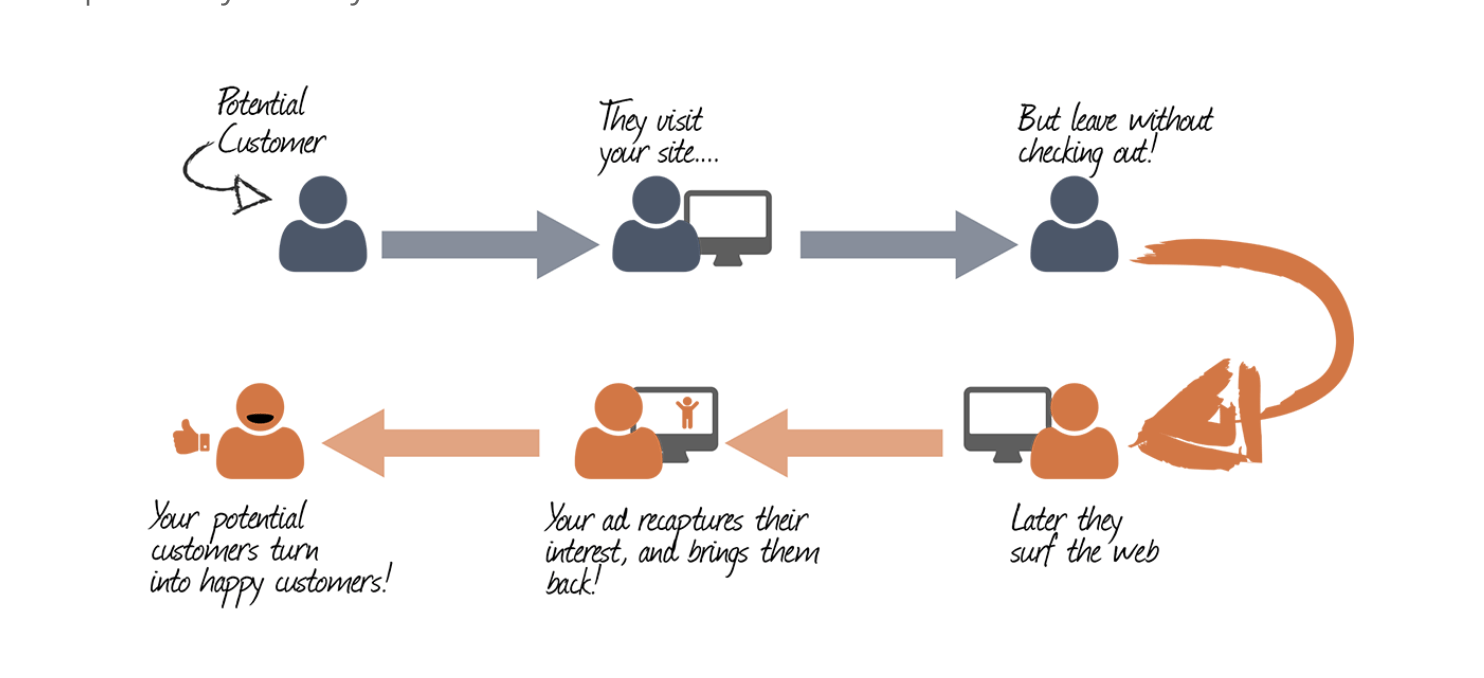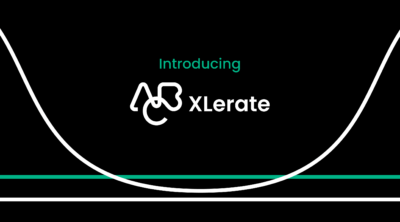Sales.
Along with marketing, it’s the literal oxygen that keeps your fitness business alive. One can’t go without the other. For some, sales are their bread and butter, for others, it’s solely marketing. If you are the former, you probably don’t need to read on. However, if you are the latter, you definitely should, because we talk about one of the most important aspects of sales that you need to master – the follow-up process.
Despite what you may have seen in films like The Wolf of Wall Street, making a sale is rarely over and done within a few minutes. The reality is that the first contact you make with a lead could end in a firm rejection or repeated connection to the person’s voicemail. The best salespeople develop a solid sales follow up process that nurtures the person from mildly interested lead to committed customer. So in this article, we will look at what exactly a sales follow up process is, the specific journey a lead takes and some top tips to help you perfect your sales process.
Skip ahead to:
- What is a Sales Follow Up Process?
- How Important is a Sales Follow Up Process?
- 4 Ways to Perfect Your Gym Follow Up Process
What is a Sales Follow Up Process?
Research gathered by Marketing Donut shows that only 2% of sales occur in the first meeting. These sales usually occur when the person is coming into the deal with a lot of certainty about what they are looking for. For example, you may find that in January, leads are easier to convert as they want to join a gym in this month more than any other point in the year. Typically though the other 98% will need a level of trust built up before they even think of making a purchase.
You may see a lot of articles that proclaim the secret to a quickfire close but the reality is very different. While the lead is, of course, showing some interest initially (this is why they have become a lead in the first place) they may not always be totally committed off the bat. This is where your sales follow-up process comes in. It is a system of contacting the lead through different forms of communication until they either sign up for your service or don’t.
How Important is a Sales Follow Up Process?
Put simply, without a follow-up process, you will find it hard to get full paying members in the door. You could have a watertight lead generation strategy generating 100s of leads a day, but if you don’t have a way to follow up your leads will soon be pounced upon by a competitor.
The most important part is the first stage of the follow-up. Crucially, it’s the speed in which you follow up which can be the big differentiator.
MIT conducted a study which found that calling a lead within the first 5 mins gave you a better chance of actually making contact. The odds of getting through the person then decreases by 10 over the following hour. This study also found that you are 21 times more likely to qualify in the first 5 mins as opposed to the next 30 mins. These statistics show how important it is to make contact quickly – but this is just the first step in a process that we will explore in the next part of this article.
What Is the Journey in a Sales Follow up Process?
Straight to voicemail.
That’s the repeated destination of your first follow-up call. Or, they have answered and don’t seem to be totally sold on what you are selling.
Time to ditch that lead and move on to the next one right?
Wrong. Whether you find the lead less than responsive or not responding at all, it doesn’t mean they are a lost cause. The lead goes into what is known as a sales cadence. If this term is new to you here is a simple explanation from Hubspot;
The Top 10 Barriers
Slowing Your Fitness
Business Growth
Discover more “A sales cadence is a sequential order of different outreach methods salespeople can follow to better connect with prospects. Sales cadences are typically parceled out over a fixed number of days and rely on various modes of communication — like email, phone, and social media — to help develop relationships with potential customers and close deals.”
Basically it’s the journey mapped out for the lead to travel on. To help you create your own, we have laid out three key points to consider.
Capture the Lead
The first step of the process, as we detailed above, is when the lead comes in the pipeline. Leads are generated from a number of potential sources, including paid social media ads, referral programs or organic channels. A lead usually consists of the persons name, email and phone number. Once the lead is captured you should have an automated text and/or email sent out to welcome the person as well as the follow-up call.
First follow-up
As your automated message delivers, jump on the phone straight away. Create an alert in your sales CRM that alerts you or your sales team to a potential lead coming in. This will definitely place you within the 5-minute window we discussed earlier. If the person doesn’t answer, hang up and dial again. Once this avenue is exhausted, leave a voicemail. Later on in this article, we will go through some best practice around written and voice templates.
Continued Follow-Up
Typically in sales, you won’t be entirely successful on the first day. It’s common for a lead to ignore both your first call, your second call, and well-practiced follow-up voicemail. A good salesperson knows that the sales cycle doesn’t end on day one. They also know that you need to have a system place to follow up with sales leads on day two, three, four and onwards. Don’t limit follow up to calling. Consider varying the way you contact leads. Use channels such as Whatsapp, email and Facebook Messenger. Mix up the messaging also and send something of value in the form of written or video content.
4 Ways to Perfect Your Gym Follow Up Process
Now that we have gone through the basic journey a sales lead typically goes through, let’s take a look at a couple of ways to perfect this process. By taking on board these top tips, you will start to see a higher percentage of sales leads convert into clients.
1. Create a Template – but Also Be Personal
At first, the above title may contradict itself slightly – because it does. What we really mean here is that you shouldn’t rely on a formulaic template for every sales communication you send as this will be very noticeable – and off-putting. By putting in the time and effort to personalize a response, there is a higher chance that you will get a response. Include any specific details of the person you have gathered so far. This will make you stand out from the crowd and give you a higher chance of getting a positive response. Check out our blog on writing a great sales follow up email for more top tips.
2. Use a CRM to Track Activity
Gym owners will not have the most sophisticated system when they start out. Usually, it will be a pen and paper, a whiteboard or an excel sheet. When the amount of leads you are dealing with is small, this type of system should suit your needs. The reality is though that once your lead volume increases you may need a CRM solution to get the best conversion rate you can from your sales leads. CRM stands for Customer Relationship Management and a lot of gyms and fitness studios use them to manage their leads effectively. A high-quality gym management software will offer lead management capabilities.
3. Retarget Leads With Social Ads
You may be thinking that using social ads ends when you have converted a person into a lead. However, you should also consider using the likes of Facebook Ads to re-engage leads. This tactic is especially useful if you are finding it hard to reengage with leads through phone calls, emails or text messages.

Retargeting helps your business stay top of mind as prospects browse social media. This can sometimes be more effective than email, as your follow-up communications may get lost in a person’s inbox. Facebook Ads allows you to retarget an audience that already has an existing relationship with your business. When creating a custom audience, you can upload a CSV file of the prospects you want to retarget. For more in-depth information on this great tactic, read this article from socialmediaexaminer.com
4. Have Clear Next Steps
As we have stated earlier, your lead follow-up process is going to have two main outcomes: You are either in the position to close the sale or you are not. Make sure that once you reach either outcome, you have a plan in place for the destination of the prospect. If you find yourself in a position where the lead is interested in your services then the next step could be to invite them into the facility for a sales consultation. A sales consultation is where you demonstrate the value you can bring to the prospect. Take a look at our article on Alex Hermozis closing methods for more tips on this. On the other hand, if the prospect isn’t interested but hasn’t requested you to stop communication put them on a long term nurture. This is where you automate sending out an email every month or so with useful content to help remind them of your services.
In Summary
Sales can be one of the hardest skills to get right in any business. The truth is, some have a natural talent for selling that just can’t be replicated. If you aren’t one of those people it can be difficult, especially at the beginning when you are likely doing all the sales and marketing. However, you can make up for this by having a solid sales follow-up process. It may take some trial and error before you get it exactly right but following tips in this article will send you in the right direction.















